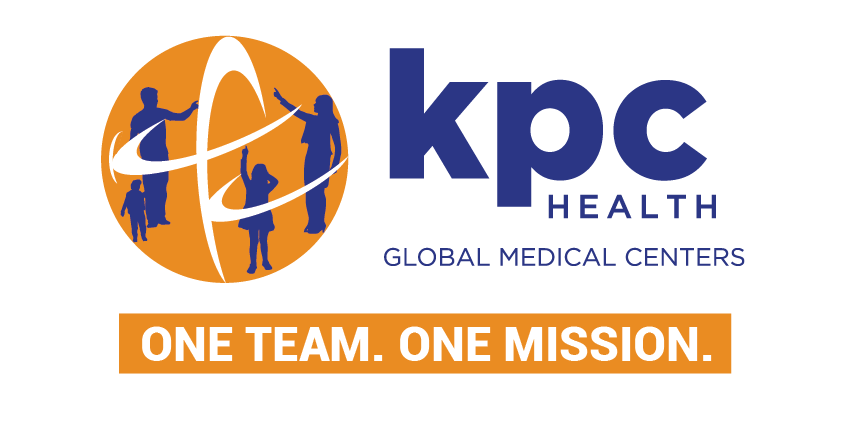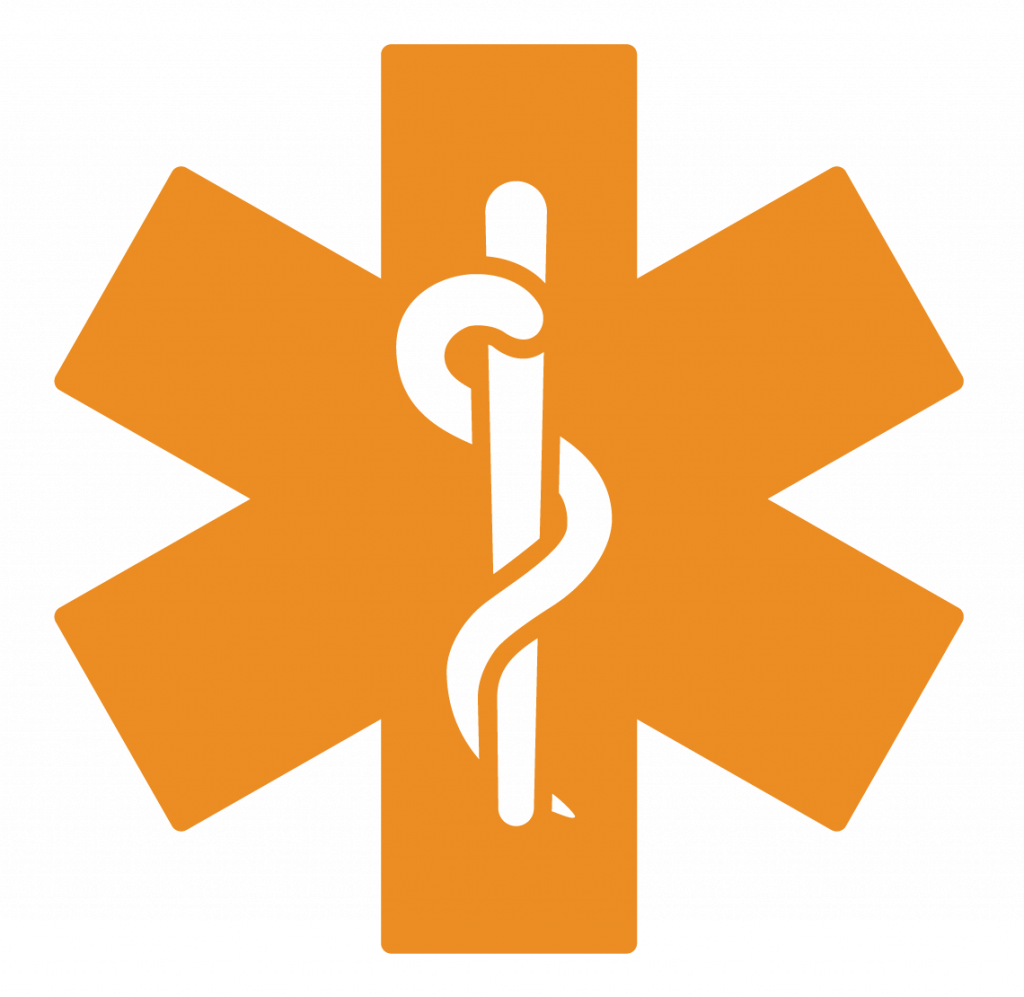To Buy Doxycycline Online Visit Our Pharmacy ↓
 Doxycycline Resistance: Causes and Prevention Strategies
Doxycycline Resistance: Causes and Prevention Strategies
How Misuse Fuels Rapid Doxycycline Treatment Failure
A young traveler returns from a tropical trip clutching a half used pill bottle, convinced the fever is gone. Short courses, skipping doses and sharing leftovers set the stage for fast treatment failure.
Underdosing and irregular timing produce subtherapeutic levels, selecting bacteria that survive. Over the counter access and using antibiotics for viral illnesses wastes efficacy. When animals recieve low doses in feed, resistance is amplified and transfers to humans.
In clinics patients demand quick fixes; clinicians sometimes bow to pressure and prescribe without tests. This creates mosaic exposures that favor mutations and horizontal gene transfer, letting resistant strains persist and spread like quiet wildfire.
Simple steps change the story: finish prescribed courses, avoid sharing meds, and demand diagnostics. Stewardship programs and public education reduce wasteful use. When communities act together, the tide of failures can be turned back again.
Genetic Tricks Bacteria Use to Evade Doxycycline

In microscopic battlegrounds, bacteria rewrite their playbook to survive doxycycline. Efflux pumps eject the drug before it reaches targets, while ribosomal protection proteins shield the binding site so translation proceeds uninterrupted. These mechanisms can spring overnight under antibiotic pressure, turning a cure into a stubborn infection.
Occassionally, genes like tetA, tetM and tetX travel on plasmids and transposons, leaping between strains via conjugation. Enzymatic modification destroys drug molecules; point mutations alter ribosomal RNA to reduce binding. Such mobility creates mosaic genomes, making resistance unpredictable and hard to counter.
Selective use of antibiotics and rapid diagnostics slow this genetic arms race, but horizontal transfer thrives in the Enviroment and clinical settings alike. Surveillance, stewardship, and new inhibitors targeting efflux or degrading enzymes can restore doxycycline’s potency and preserve future therapies. Clinicians, farmers, and patients must coordinate to reduce misuse worldwide collectively.
Environmental and Agricultural Drivers Spreading Resistance Genes
Runoff from farms and pharmaceutical plants turns fields into reservoirs where bacteria swap plasmids carrying resistance to drugs like doxycycline. Manure used as fertilizer, low-dose growth promoters and contaminated irrigation create hotspots that accelerate gene exchange, making invisible contamination tangible for public health.
Researchers trace resistant strains from soil to humans, showing how microbes aquire and spread mobile elements across species quickly. Reducing antibiotic discharge, improving waste treatment, and changing livestock practices can sever transmission chains — but policy, monitoring, and farmer education must align to make those interventions effective.
Clinical Practices That Inadvertently Promote Therapy Failures

In clinic rooms and wards a familiar scene plays out: clinicians reach for doxycycline as a catch‑all, hurried decisions driven by pressure and uncertainty. Empiric prescribing without timely cultures, premature shortening of courses, and failure to adjust for drug interactions or renal function all nudge bacteria toward survival. When low doses or interrupted regimens leave remnant population, resistant clones can expand, and what began as small lapse becames a broader problem.
Autopsy of failures also highlights systems issues: poor patient counseling, pharmacy stockouts, and inconsistent follow‑up mean adherence falters, tests go unperformed, and therapy is switched inappropriately. Rapid diagnostics, clinical decision support, stewardship rounds, and clear communication with patients can reverse these trends. Small changes in workflow and education have outsized impact because resistance rarely springs full‑formed; it develops gradually as errors Occured and opportunities to stop it are missed.
Smart Stewardship Optimizing Prescriptions and Rapid Diagnostics
A clinician recalls a patient whose doxycycline failed after an empirical prescription; that memory fuels a push for smarter choices today everywhere.
Diagnostics that quickly distinguish viral from bacterial causes and detect resistance markers help physicians tailor duration and dose, dramatically reducing unnecessary exposure.
Antibiograms, point of care tests and stewardship feedback loops empower prescribers to stop blanket doxycycline use for ambiguous infections and monitor results.
Education, decision support and short course protocols combined with reliable lab turnaround times help patients recieve effective therapy while limiting selection pressure and costs.
Community Policies and Education to Limit Resistance Spread
Neighbors in a small coastal town learned how simple habits can change the fate of antibiotics: local clinics stopped overprescribing doxycycline, schools taught kids why finishing a course matters, and pharmacies displayed clear disposal instructions. These community actions built trust and slowed resistance, turning an abstract menace into tangible steps residents could adopt in daily life.
Leaders should fund local campaigns, equip clinics with rapid tests, and support farmers to limit unnecessary use, because antibiotics don't respect fences. Public workshops, targeted messages for at-risk groups, and drop-off bins for unused meds make stewardship real. These steps, sustained by transparent data and shared responsibility, protect the local Enviroment and local hospitals too. CDC guidance NCBI review












